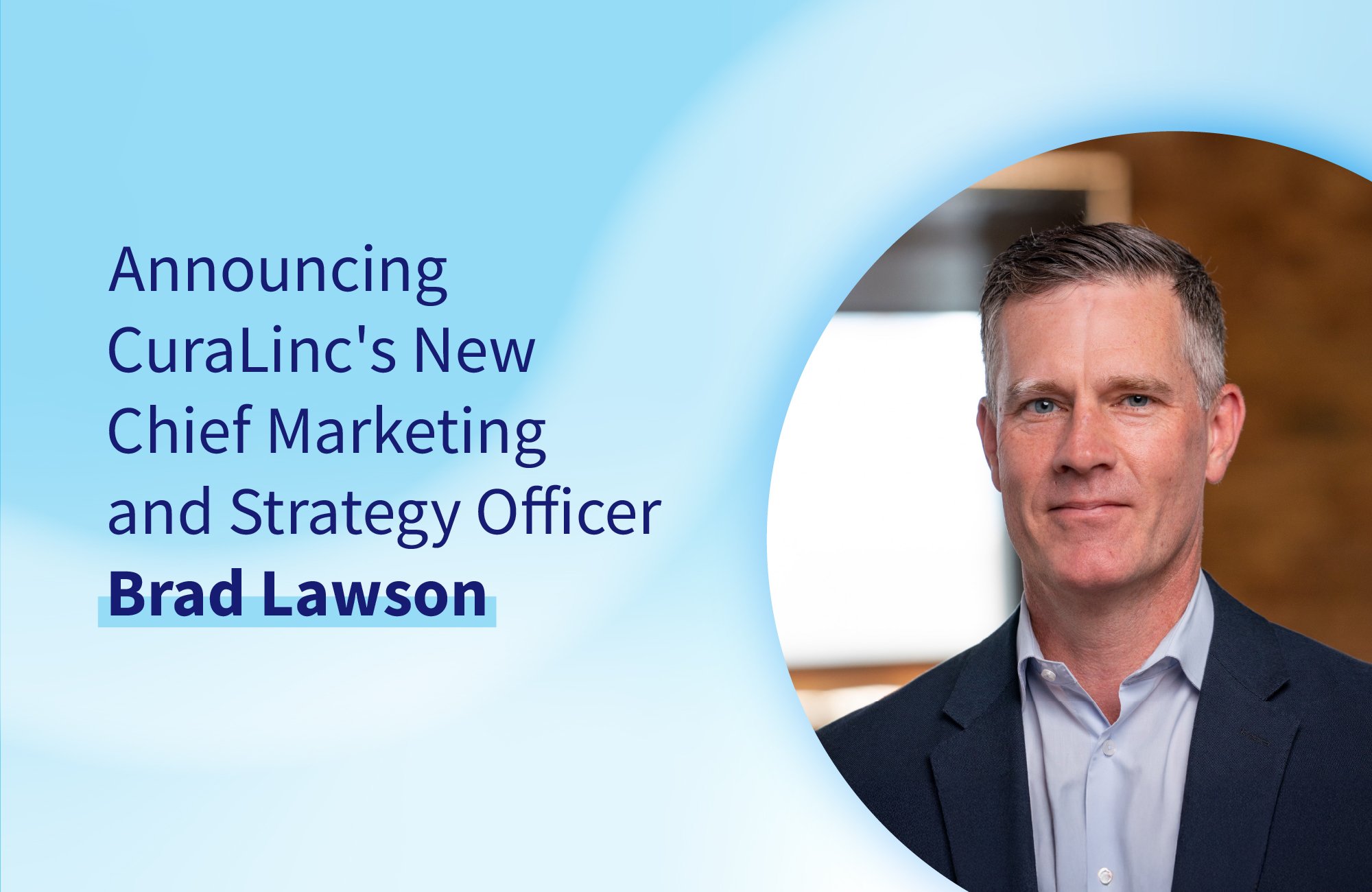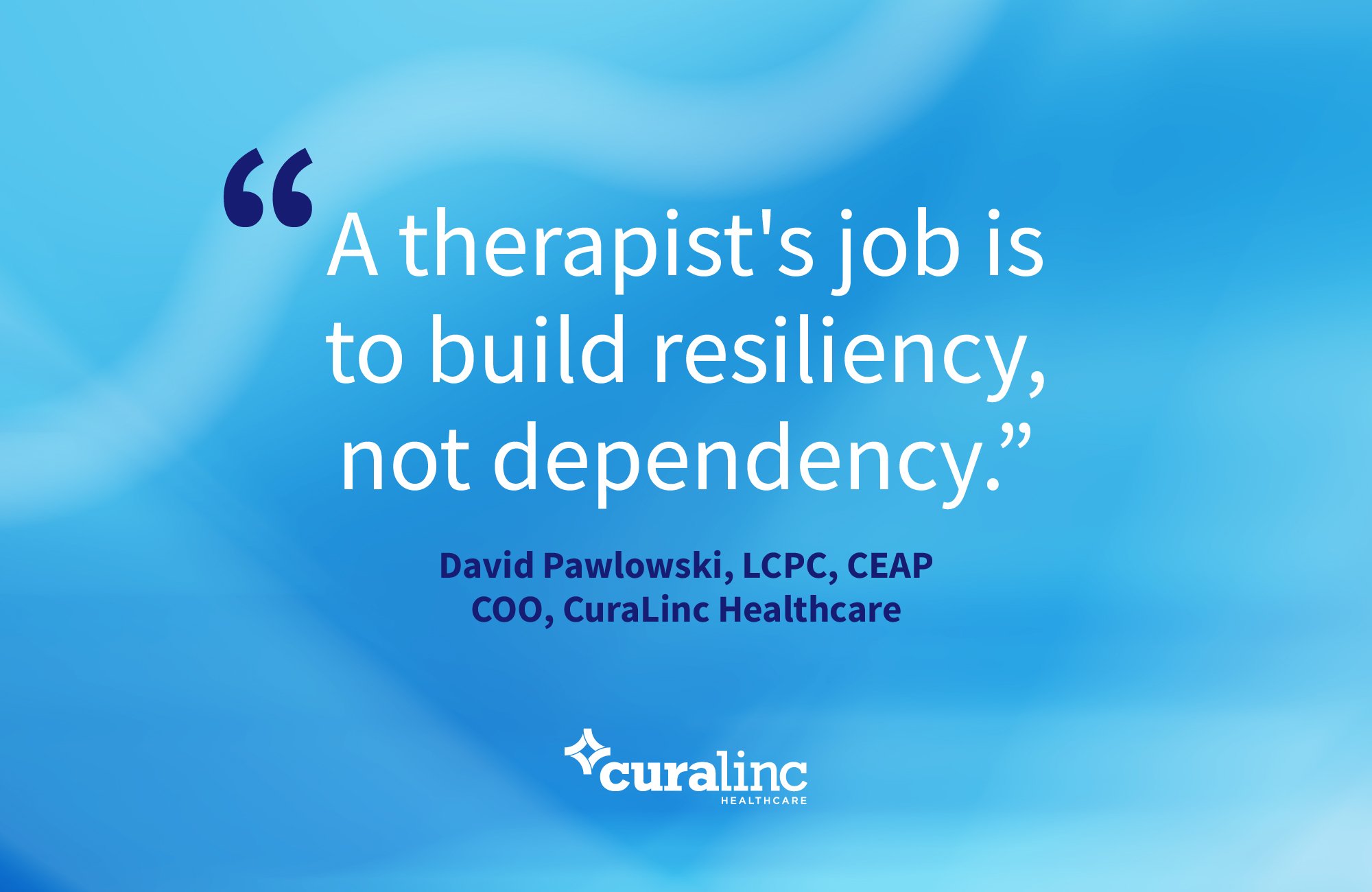Imagine trying to live a healthy and balanced life while constantly worrying about running out of food before the end of the week, struggling to pay an unexpected utility bill or feeling unsafe in your own neighborhood. These real-life challenges affect much more than work performance – they impact every aspect of someone’s wellbeing.
Today’s employees face a multitude of nonmedical factors that influence their health and wellbeing. Often referred to as social determinants of health (SDOH), these are the life circumstances and conditions in which people are born and live – and can account for up to 55% of health outcomes while contribute significantly to health disparities and inequities, creating pockets of vulnerable employees in almost every employer population.
While SDOH reflects broader community conditions, they can also create individual social needs – like finding affordable housing or securing reliable child care – which directly impact employees' mental health and their ability to focus and perform at work. Addressing both social determinants and individual social needs is essential for improving employee health and wellbeing. Employers can play a vital role in supporting employees by offering support and resources that help them navigate these challenges, improving not just work performance but overall quality of life.
What are social determinants of health?
Social determinants of health are the community-level conditions that influence overall health outcomes. These are the social, environmental, and economic factors that form the backdrop of our everyday lives and can either support or erode our physical and mental health.
The positive and negative impacts of social determinants of health

While solving community-level issues may take time and require systemic changes, addressing social needs through individual interventions can have an immediate and measurable impact on employee wellbeing and productivity.
How do SDOH and social needs affect employee wellbeing and mental health?
When employees face challenges like job instability, inadequate housing or food insecurity, their mental and physical health, as well as overall quality of life, can suffer significantly. It is well-documented that these factors are linked to higher rates of psychological distress and poor mental health outcomes. When it comes to physical health, poor access to healthy food can lead to obesity and chronic diseases such as diabetes and heart disease, reducing life expectancy. People in rural areas often experience worse health outcomes due to limited health care access, environmental hazards and higher rates of substance use.
There is also a cyclical relationship between SDOH and mental health: poor mental health can hinder individuals from improving their living conditions, which further limits opportunities and exacerbates their health issues. Addressing these interconnected factors is essential to improving employee wellbeing and preventing long-term health problems.
How employers can help address SDOH
While employers may not be able to directly change every community-level factor that impacts the health of their population, they can take steps to address the individual social needs of vulnerable employees and their family members.
Leverage data to identify at-risk employees
Begin by analyzing employee data—such as zip codes, salary information and family details—to identify those who may be vulnerable to social determinants of health. Collaboration with your health plans and health management vendors can help you create a comprehensive understanding of who needs support and where the gaps lie.
Offer comprehensive benefits packages
After identifying vulnerable employees, evaluate your current benefits package for gaps that may limit access to necessary care and resources. Tailor offerings based on what your employees need, such as telehealth services, mental health support, caregiving assistance or transportation subsidies. Regularly update benefits to ensure they address the specific challenges your workforce faces.
Provide access to community resources
Employers play a pivotal role in connecting employees to essential community resources, such as housing assistance, food banks and child care services. Through CuraLinc’s EAP, employees can access comprehensive work-life benefits, including child care, elder care, financial consultation and legal support and connections to local, state or federal aid and support services. The program offers personalized navigation to guide employees not only to these services but also to employer-sponsored initiatives like healthy lunch programs or wellness subsidies.
Create a culture of openness and support
Encouraging managers to recognize signs of SDOH stressors and have empathetic conversations with their teams is key. At CuraLinc, we’ve seen how training managers to listen and provide meaningful support leads to better engagement and improved mental health outcomes. A supportive workplace culture helps employees feel comfortable seeking help and utilizing available resources.
Ready to learn more?
Addressing social determinants of health in the workplace is a crucial part of any comprehensive employee wellbeing strategy. At CuraLinc, we’re committed to helping organizations identify and support vulnerable employees who are struggling with these challenges.
Additional resources
Guide - How Employers Can Address Social Determinants of Health
Coffee with CuraLinc - Debunking Myths: How Employers Can Address Social Determinants of Health
Blog Post - How Work-Life Services Support a Well-Rounded Workplace Mental Health Program




